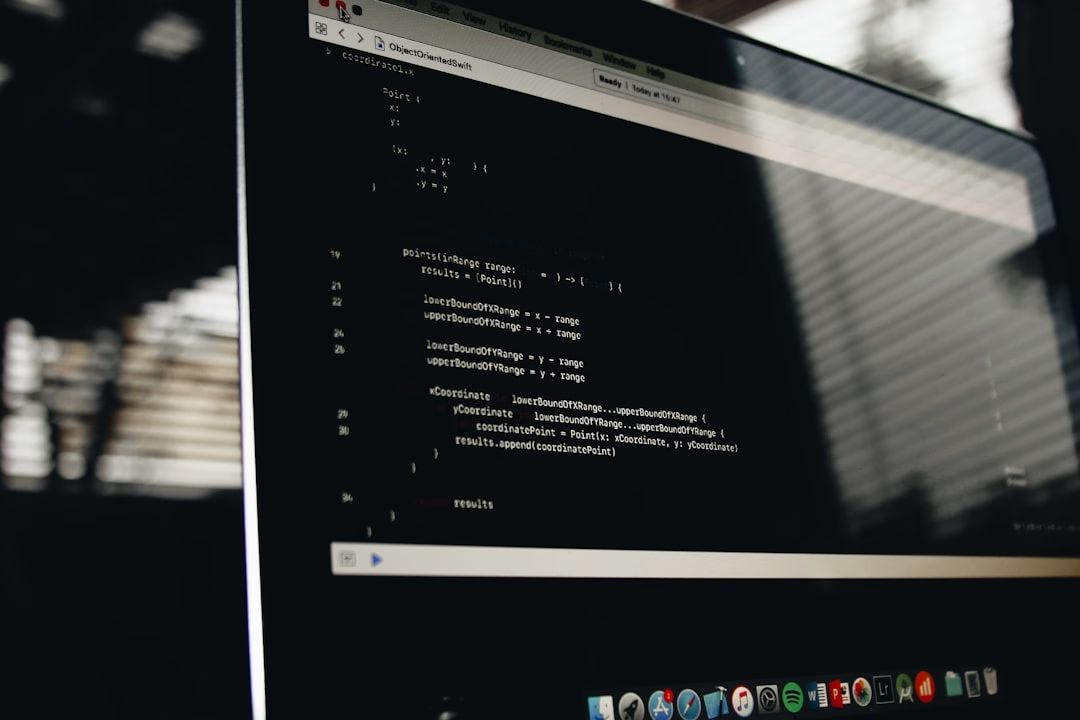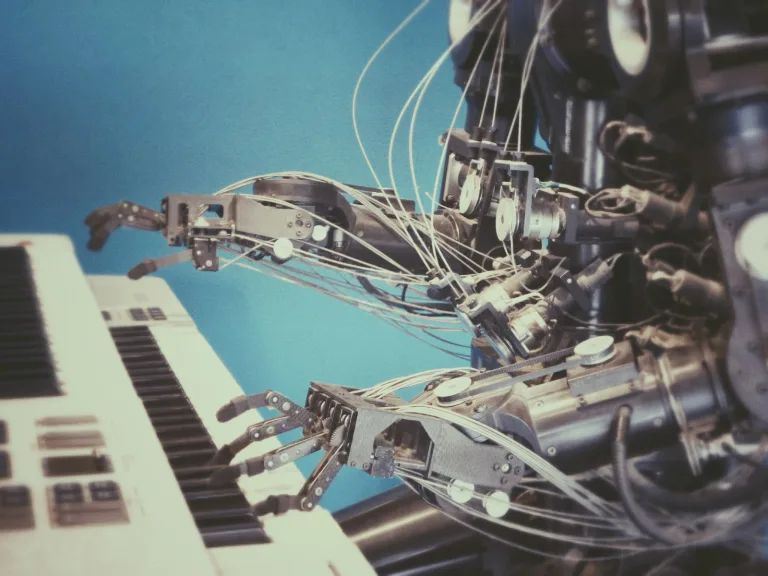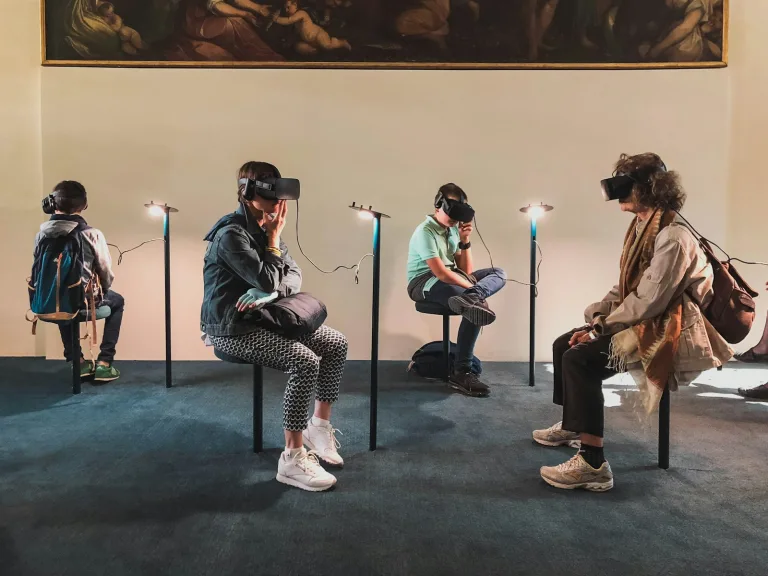Understanding the Internet of Things
Understanding the Internet of Things
The rapidly evolving world of technology is vast, with concepts so intricate that they may sometimes pose a challenge even for the most technologically inclined of us all. One such term that has been buzzing around is ‘Internet of Things’ (IoT), which reflects the increasing interconnectivity of devices around us. But what exactly does it imply? Let’s dive into the fascinating world of IoT.
What is the Internet of Things?
The Internet of Things, often referred to as IoT, refers to the network of physical objects which are embedded with sensors, software, and other technologies, all aimed at connecting and exchanging data with other devices or systems over the internet. These devices can range from ordinary household items like refrigerators and lighting systems to sophisticated industrial tools.
Components of IoT
- Sensors: These collect data from the environment. They could be anything from temperature sensors to motion sensors, depending on the device’s purpose.
- Connectivity: The sensors transfer the data to the cloud, typically using an internet connection (such as Wi-Fi, Bluetooth, LoRa, etc).
- Data Processing: Once the data gets to the cloud, the software processes it.
- User Interface: The information is then available to the end-user in a usable format. This could be via an alert to the user (e.g., detection of unusual activity by a home security camera) or through more involved interaction (checking stats on a fitness tracking app).
Benefits of IoT
The benefits of IoT are numerous and are seen across industries. Here are a few key benefits:
- Improved Efficiency: Devices can communicate and take decisions on their own without human intervention, saving time and reducing the chance of errors.
- Cost Saving: By automating tasks and improving efficiency, the IoT can result in significant cost savings.
- Better Decision Making: With the accumulation and analysis of massive amounts of data, businesses can make informative decisions and predictions.
- Enhanced Safety and Security: Applications like smart home security systems or health monitoring devices can enhance safety and security.
Conclusion
As we continue to embrace digital transformation across all sectors, understanding and leveraging the Internet of Things will be key to unlocking the potential of this technology. It’s a compelling blend of interconnectivity, efficiency, and most importantly, a testament to the thrilling prospects that the future of technology has in store for us.






